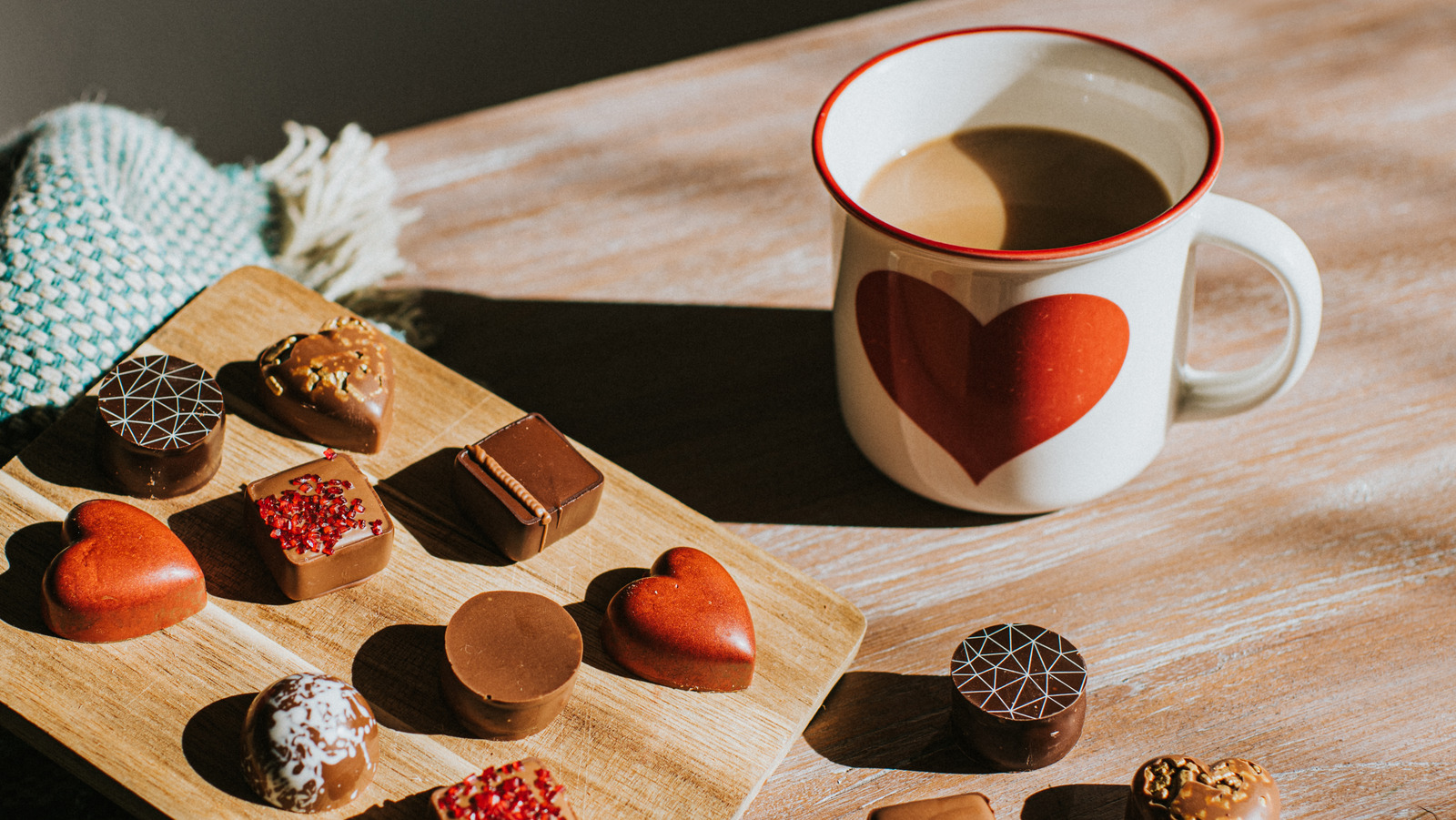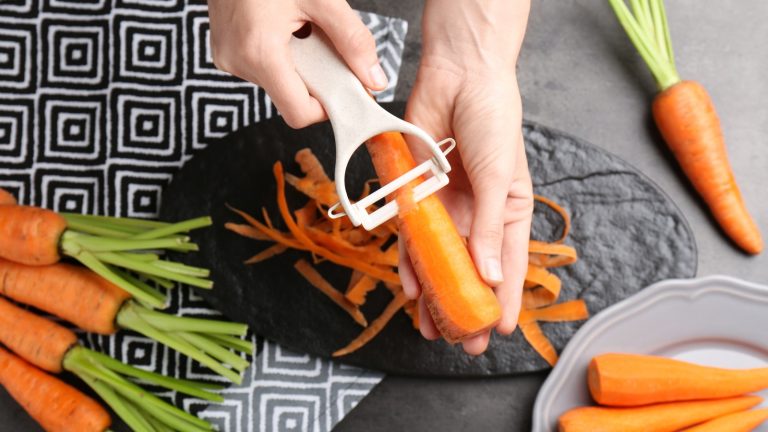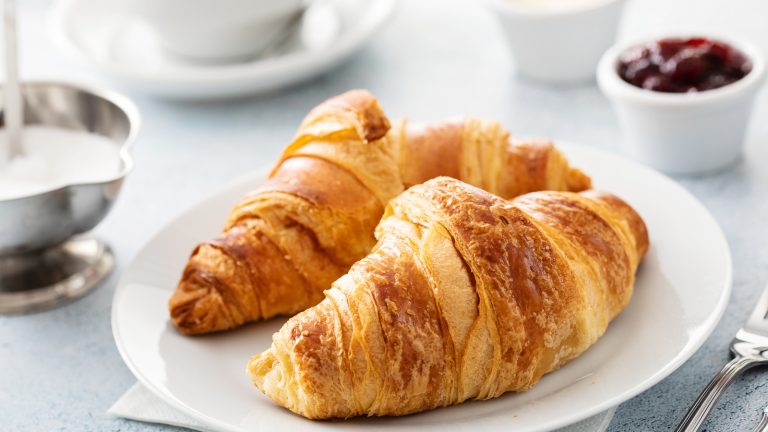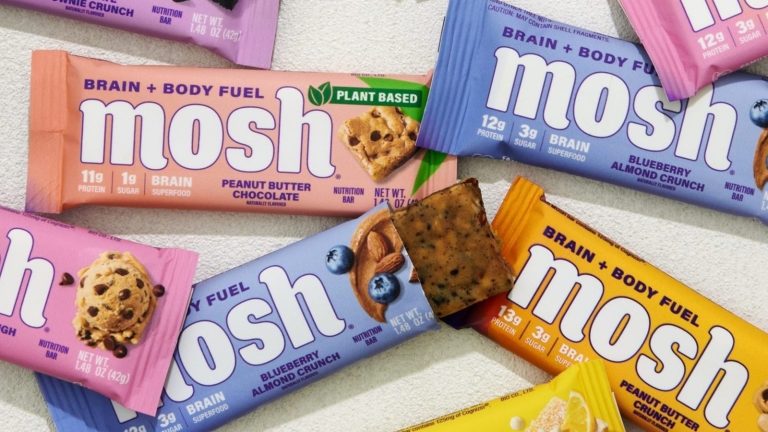Caffeine, though typically understood to primarily come from things like sodas and coffee, exists both naturally and artificially. It not only comes from common household pantry items like coffee or tea, but it can also be derived from a range of at least 60 plant varietals. This begs the question, where else can you get your daily caffeine intake? You may have already considered how much caffeine is in English breakfast tea compared to coffee, but a surprising source you may not have thought of is chocolate.
When attempting to compare the two, it can be relatively fiddly, that’s because there are a lot of competing elements that change the caffeine totals in a standard cup of coffee. Those being: roasting type (lighter roasts tend to have a higher caffeine content), the fineness of the grounds themselves (courser grounds tend to have less caffeine as there is less surface area for the water to steep from), and the technique used to brew the coffee itself, which can all dramatically change the caffeine output.
We’ve all had an “uh oh” moment when we opted for a cold brew in place of a standard flat white, not accounting for that added caffeine boost from extended brew time which becomes immediately obvious every time. As it turns out — coffee beats out dark chocolate on the caffeine front. However, high percentage cocoa bars may shock you, as their caffeine content often gets pretty close to that of your standard cup of joe. The average 3.5-ounce dark chocolate bar ranges between 43 milligrams up to 86 milligrams of caffeine, depending on percentage of cocoa content. That said, you could be getting close to an 8-ounce cup of coffee, which contains about 95 milligrams of caffeine on average, depending on your chocolate consumption habits.
Both have health benefits in moderation
When considering just how much caffeine is in a standard chocolate bar, what it really depends on is the percentage of cacao. Therefore, when it comes to total caffeine levels, dark chocolate tends to contain higher levels of caffeine compared to milk chocolate. If we’re talking high-percentage cacao contents, dark chocolate bars can contain 35 milligrams of caffeine per 1.5-ounce bar, which doesn’t exactly total out to the standard 95 milligrams per cup of coffee. There’s also considerations to be made regarding type of coffee consumption, as a shot of espresso can yield very differently compared to a standard coffee. It’s also worth noting that an 8-ounce cup may be considered the usual, but many coffee drinkers opt for 12 to 16 ounces depending on location and brand, which at many cafes can kick up caffeine content to 200 or 300 milligrams per cup.
White chocolate is a separate entity entirely, though it remains in the chocolate category due to the fact that it still contains components of the cocoa plant. In this case, cocoa butter is what aids in its categorization within the chocolate family. The grade of white chocolates is a whole different story, with the quality of ingredients directly impacting its enjoyability. Often, cheaper and lower-grade white chocolates contain vegetable fat instead of proper cocoa butter — pushing them even farther away from the chocolate designation.
The reality is, both have surprising health benefits, so incorporating either into your daily diet could actually be for the better. That said, chocolate and coffee are best in moderation. As all things go with an uptick in consumption, negatives can of course outweigh the positives. Usually the biggest culprit tends to be the onslaught of added dairy and sugars common in creamy coffee drinks and milk chocolate bars. So if you are to enjoy either for their caffeinated benefits, it might be best to stick a standard black coffee — though dark chocolate can be a suitable addition.






